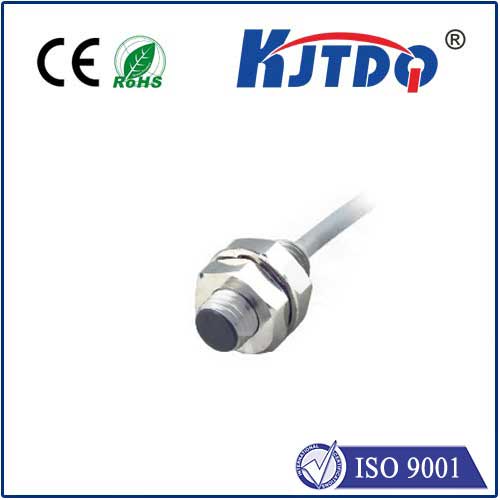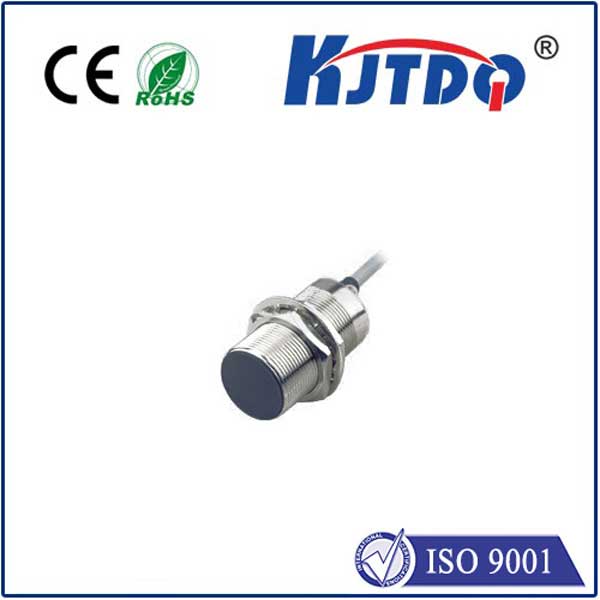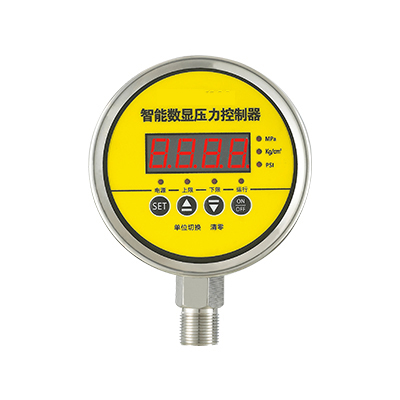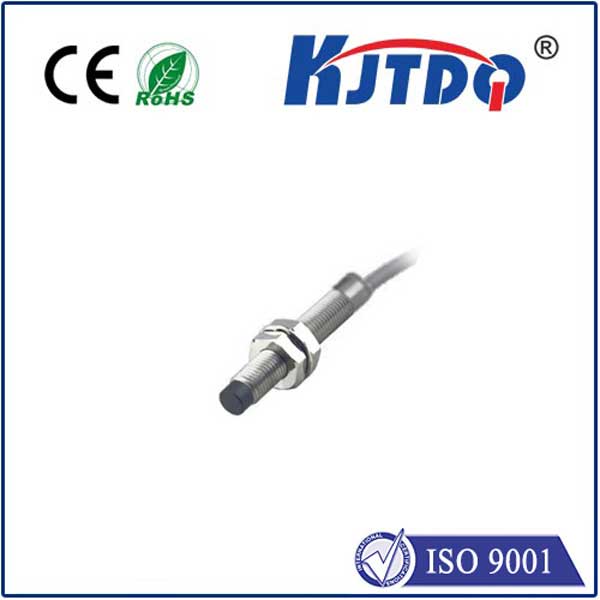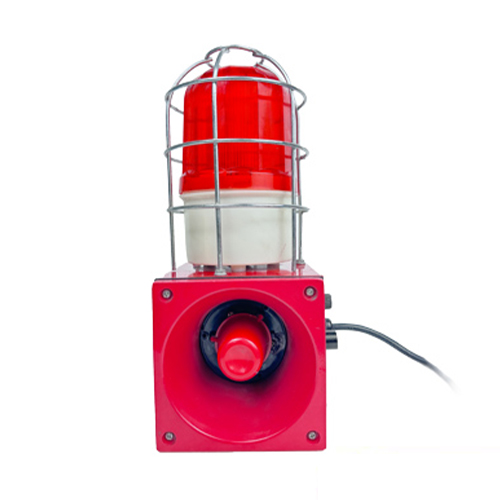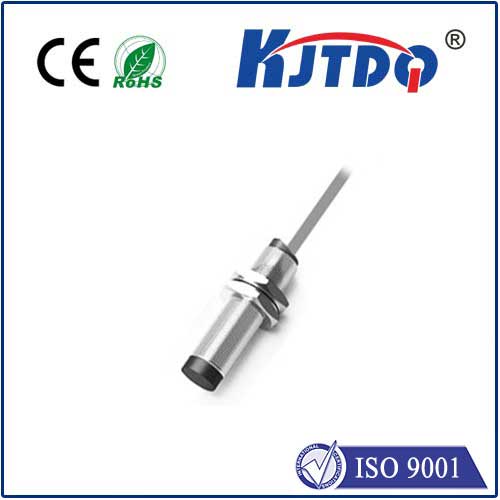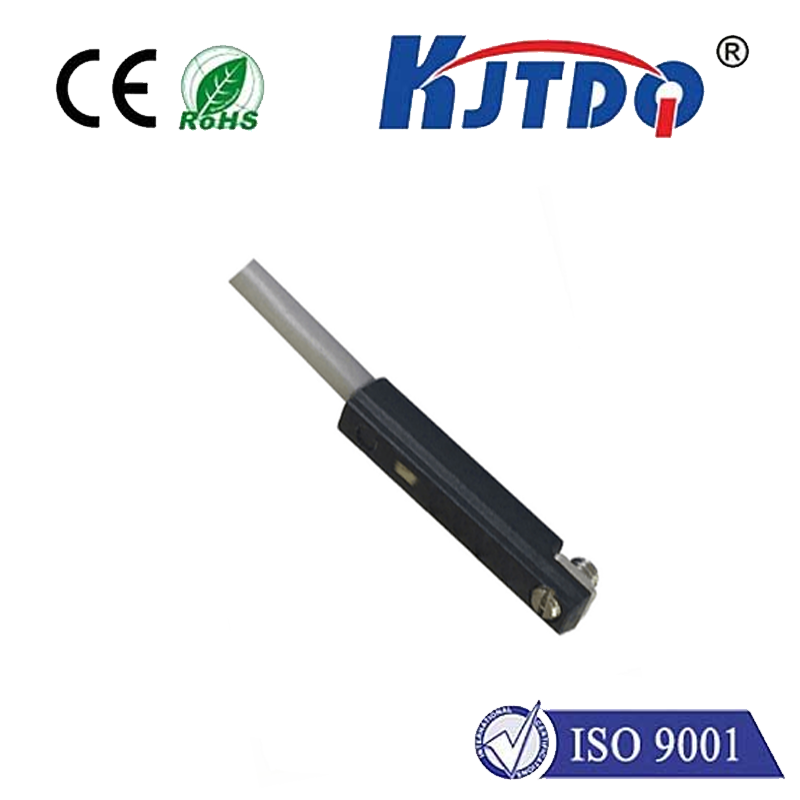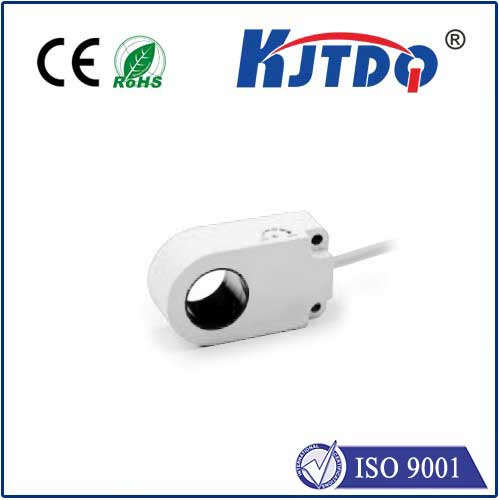

check

check

check

check

check

check

check

check

check

check
Title: Understanding the Functionality of an SL1 P Limit Switch
An SL1 P Limit Switch is a critical component in various industrial and manufacturing systems, serving as an essential safety feature that prevents machinery from operating outside its designated boundaries. This limit switch is designed to detect the presence or absence of an object, halting or initiating machinery movements accordingly. In this article, we will delve into the functionality of the SL1 P Limit Switch, highlighting its importance and operation.
The Role of the SL1 P Limit Switch
The SL1 P Limit Switch plays a pivotal role in ensuring the accuracy and safety of mechanical processes. By setting physical limits to machine movements, it prevents collisions, overtravel, and potential damage to both the equipment and surrounding environment. When integrated within a system, it sends signals to the control unit, which then dictates the on/off states of motors or other actuators based on the positioning information provided by the switch.

Operational Basics
At its core, the SL1 P Limit Switch works on simple yet reliable principles. It typically consists of an actuator lever that interacts with a sensor mechanism. When an object reaches a specific point where the limit switch is installed, the actuator activates the sensor, changing its electrical state. This change is transmitted as a signal to a controller, which interprets this data to execute commands such as stopping a conveyor belt at the correct loading zone or reversing a door’s motion before it hits an obstacle.
Types of Applications
The versatility of the SL1 P Limit Switch makes it suitable for numerous applications, including but not limited to packaging machines, conveyor systems, elevator control, robotic arms, and gate operators. Its compact size allows integration into tight spaces, while its robust design ensures reliability in environments that demand high cycle rates and durability.
Installation Considerations
Proper installation of the SL1 P Limit Switch is crucial for optimal performance. Careful attention must be given to the placement relative to moving parts to ensure precise activation. Calibration during setup is also key to achieving the correct sensitivity and response time for the application at hand. Maintenance schedules should include regular checks to verify that the switch is functioning correctly and adjustments are made as needed to maintain accuracy.
Conclusion
In conclusion, the SL1 P Limit Switch is a vital part of any automated system where safety and precision are paramount. Its ability to monitor and control machine movements effectively reduces operational risks and increases efficiency. By understanding how this switch operates and integrating it properly into a system, manufacturers can safeguard their operations and extend the lifespan of their machinery. The SL1 P Limit Switch stands as a testament to the power of simplicity in solving complex industrial challenges.
